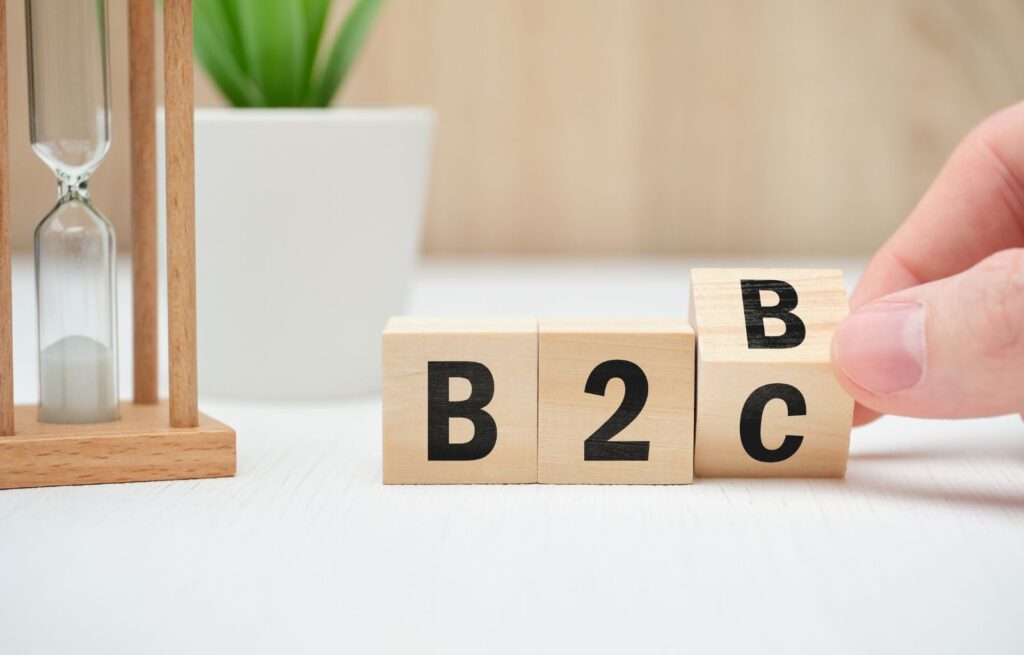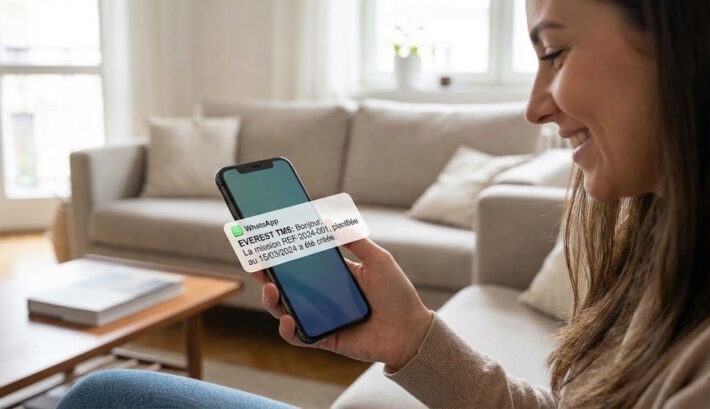B2B vs B2C delivery: what differences in customer experience?

Delivery is a key factor in the customer experience, whether for the general public (B2C) or professionals (B2B). However, expectations differ widely between these two segments. While final consumers primarily seek speed and flexibility, businesses expect reliability and precision. What are the main differences between B2B and B2C in terms of delivery? Here are five key points supported by statistics.
1. Delivery timeframe: speed versus precision
B2C: the era of immediacy
B2C consumers have been conditioned by players like Amazon to expect ultra-fast timeframes. A MetaPack study indicates that 61% of consumers abandon their shopping cart if delivery times are too long. They expect deliveries within 24 hours, or even same-day.
B2B: planning above all
Professionals prioritize punctuality over speed. According to a McKinsey study, 77% of businesses consider reliability of timeframes more important than delivery speed. A delay can impact a production chain or client project, making it a critical issue.
2. Delivery slots: flexibility vs rigidity
B2C: need for adaptability
Consumers want to receive their packages at home or at pickup points, with broad time slots. A Statista survey shows that 46% of consumers prefer flexible delivery options (evening, weekend, lockers, etc.).
B2B: strict time slots
Businesses work with precise schedules and specific logistical constraints. A DHL survey reveals that 85% of B2B customers expect deliveries at precise times, particularly to avoid supply chain disruptions or additional storage fees.
3. Tracking and traceability: enhanced need for transparency in B2B
B2C: an appreciated comfort
Real-time delivery tracking has become a standard in e-commerce. A Convey study indicates that 70% of customers check their order status at least once before receiving it.
B2B: a strategic necessity
In B2B, tracking is not limited to comfort, but becomes a contractual requirement. 92% of businesses require total visibility on their deliveries, according to a Capgemini study. Shipment traceability is crucial for supply chains.
4. Delivery costs: free vs profitability
B2C: the appeal of free shipping
The general public is accustomed to free delivery, often financed by e-commerce margins. A Walker Sands study shows that 79% of consumers prefer to buy from a site that offers free delivery.
B2B: an accepted premium service
Businesses are willing to pay for quality service. 68% of B2B buyers are willing to pay more for guaranteed and secure delivery, according to Forrester Research. Costs are often integrated into logistics budgets.
5. Returns and customer service: flexibility vs contractual rigor
B2C: a facilitated return policy
B2C customers expect simple and free returns. 67% of online shoppers state that a clear return policy influences their purchase decision (UPS Pulse of the Online Shopper).
B2B: strict conditions
In the B2B sector, returns are often governed by contracts and specific conditions. A delivery error can result in significant costs and penalties. Only 35% of B2B companies allow returns without conditions, according to a McKinsey study.
Conclusion
Although delivery is a key element in the customer experience, expectations in B2B and B2C differ strongly. While consumers seek speed and flexibility, businesses prioritize reliability and precision. To meet the expectations of each segment, it is essential to adapt your logistics strategy and tracking tools.



